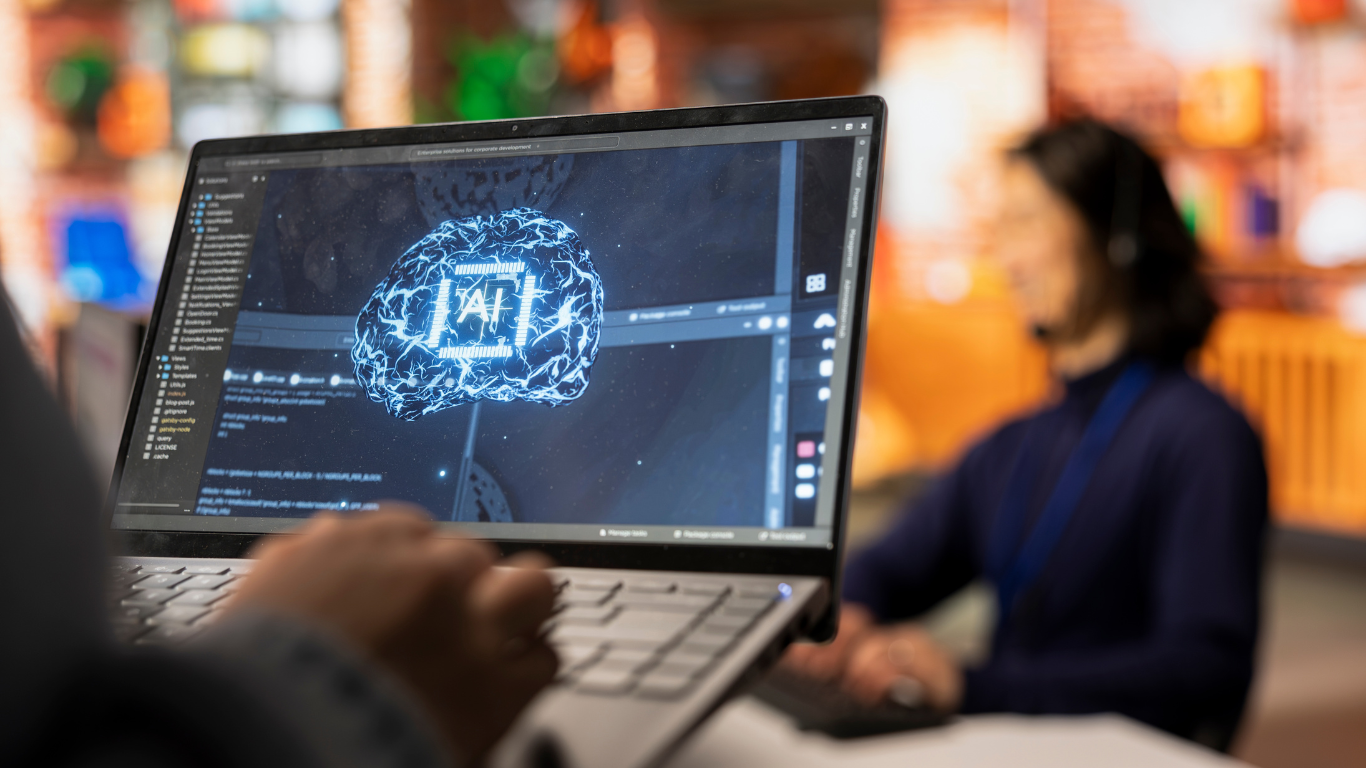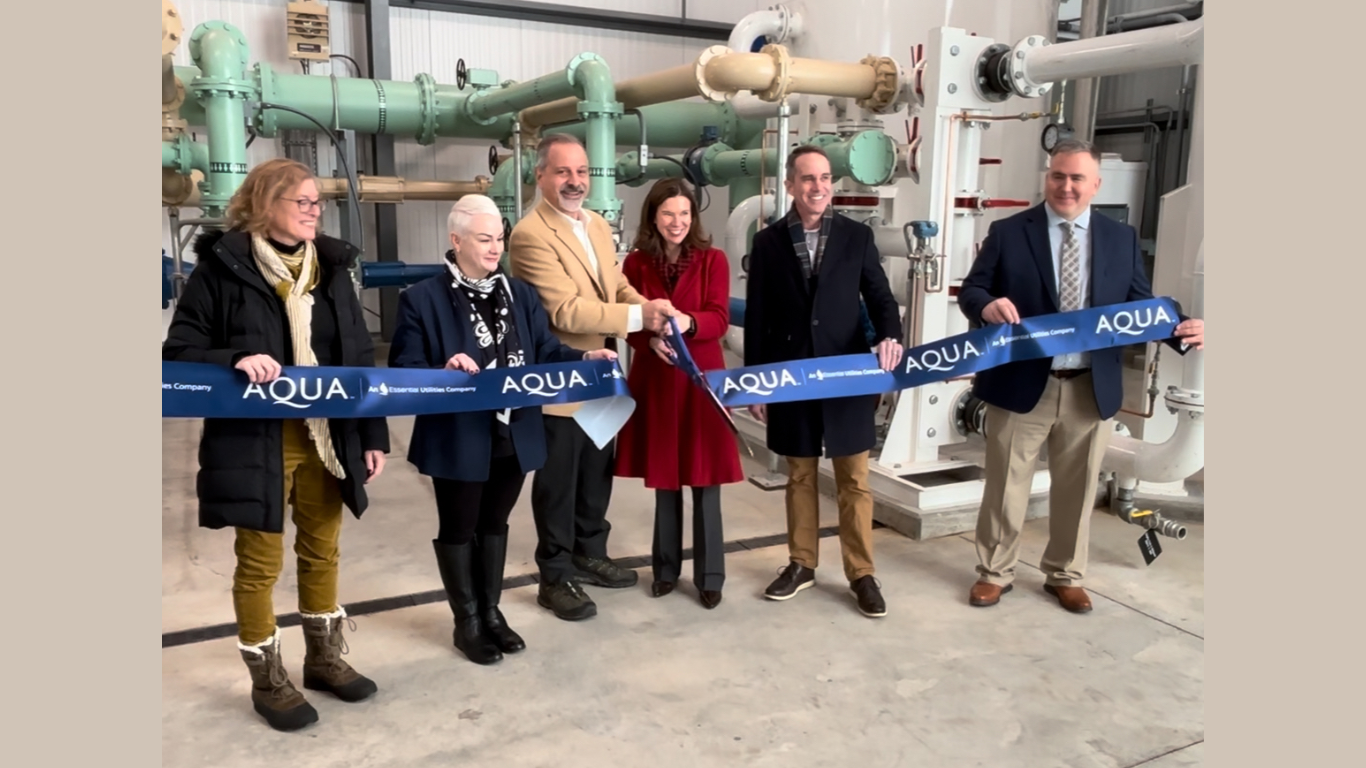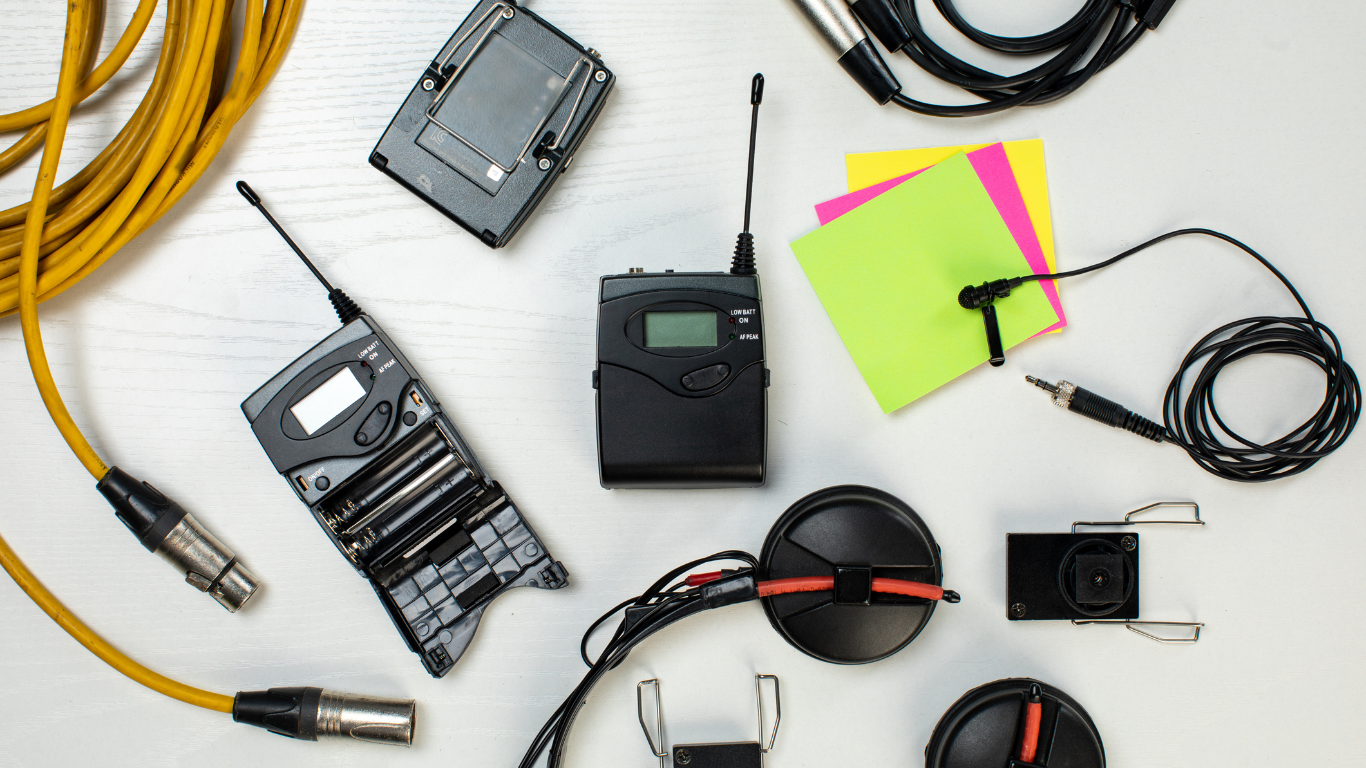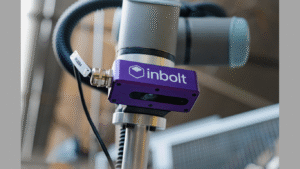Digital communication is reshaping how we connect across languages. AI video translation technology has emerged as a groundbreaking technology that makes communication between different languages seamless and accessible. Using advanced machine learning and neural networks, it breaks down language barriers and enables global understanding.
Today, creating multilingual media is easier than ever. Content creators can share their work with audiences worldwide, ensuring that messages are understood regardless of the viewer’s native language. AI video translation keeps the tone, meaning, and emotional essence of the original message intact. By blending linguistic understanding with cultural awareness, this technology is transforming how people communicate globally.
From YouTube tutorials to corporate training sessions, AI translation tools make it possible for anyone to watch content in their own language and still experience the authenticity of the original message. The future of worldwide communication looks brighter than ever.
The Evolution of Video Translation Technology
The early days of video translation were slow and labor-intensive. Traditional dubbing required teams of translators and voice actors to record dialogue in different languages, often taking weeks or months to complete. Matching tone, timing, and lip movement demanded immense manual effort, which limited global media distribution.
Technological advancements in the 1980s and 1990s introduced digital audio recording and synchronization tools, improving the process but still requiring heavy human input.
The arrival of artificial intelligence completely revolutionized the field. AI algorithms began recognizing speech patterns, translating contextually, and adjusting for tone and emotion. What once took weeks can now be done almost instantly.
Modern AI-powered translation systems can interpret complex speech, understand cultural nuances, and deliver natural-sounding results. From traditional dubbing to fully automated, intelligent translation, the evolution of this technology has reshaped how global content is produced and shared.
How AI Video Translation Works
AI video translation relies on several core technologies that work together to convert speech from one language to another while maintaining natural flow and tone.
1. Speech Recognition (ASR):
The process begins with automatic speech recognition (ASR), which captures spoken words and converts them into digital text. This step allows the system to process audio from videos and prepare it for translation.
2. Neural Machine Translation (NMT):
At the heart of AI video translation is neural machine translation, which analyzes the transcribed text. Using large linguistic datasets, it understands grammar, context, and idiomatic expressions. NMT produces translations that are not just literal but also contextually and emotionally accurate.
3. Text-to-Speech (TTS):
Once the translation is complete, text-to-speech and voice synthesis technologies generate new audio that aligns with the speaker’s tone and pacing. Advanced systems can even recreate the original speaker’s voice and emotional tone through AI voice cloning.
By combining these elements, AI video translation produces natural, context-aware content that preserves meaning and authenticity across languages.
Benefits of AI Video Translation for Global Communication
AI video translation has completely transformed how individuals and organizations reach global audiences. It eliminates language barriers, reduces production time, and opens access to international markets.
Speed and Efficiency: Traditional dubbing and subtitling could take days or weeks. AI reduces this to minutes, allowing creators to publish multilingual content faster and at lower costs.
Cultural Accuracy: Advanced translation algorithms don’t just convert words—they capture tone, emotion, and cultural context, helping maintain the integrity of the message.
Accessibility: Small businesses, educators, and independent creators can now share their content globally without needing large translation budgets. AI makes multilingual communication more inclusive and scalable.
Brand Reach: For global companies, AI translation expands audience reach, improves engagement, and enhances brand presence across markets.
By enabling accurate and culturally sensitive translations, AI video technology strengthens global connections and builds trust among diverse audiences.
Key Features of Modern AI Video Translation Platforms
Today’s AI video translation platforms offer features that make multilingual media production faster, easier, and more accurate than ever before.
- Real-Time Translation: Many platforms can translate and generate dubbed versions instantly, supporting live events and streaming.
- Multilingual Support: Systems can handle dozens of languages and dialects, helping brands connect with audiences worldwide.
- Cultural Adaptation: Built-in contextual analysis ensures that translations remain culturally appropriate and relevant.
- Voice Cloning and Emotional Matching: AI-generated voices mimic the tone and rhythm of the original speaker, making translations sound authentic.
- Seamless Integration: These tools work well with common content creation platforms, making them ideal for education, entertainment, marketing, and corporate communication.
AI video translation platforms are no longer just a convenience—they are a necessity for creators and organizations aiming to communicate effectively across borders.
Implementation Strategies for Businesses and Content Creator
Integrating AI video translation into your workflow requires a clear strategy. Start by identifying which types of content would benefit most from multilingual accessibility—such as marketing videos, product tutorials, or training sessions.
Evaluate your current production process to find where automation can make translation faster and more accurate. Choose tools that integrate with your existing systems and support real-time editing and collaboration.
Start with small projects to test accuracy and tone, then scale gradually. Train your team on using AI tools effectively and ensure cultural quality checks for each translation.
Businesses that adopt cloud-based AI translation solutions gain scalability and flexibility, enabling them to expand into new markets without large infrastructure costs.
Conclusion
AI video translation marks a major leap forward in how we communicate across languages and cultures. It allows people everywhere to connect, learn, and share through videos that feel natural and meaningful.
Unlike traditional translation, AI captures context, tone, and emotion, creating content that resonates globally. Major companies like Google and Microsoft are investing heavily in this field, signaling a future where digital experiences are accessible to everyone.
As AI translation continues to evolve, industries such as education, entertainment, and business will benefit from greater inclusivity and engagement. Ultimately, this technology is not just about translating words—it is about bringing people together.
AI video translation opens a new era of communication that is global, personal, and full of possibilities.
Article received via email






























